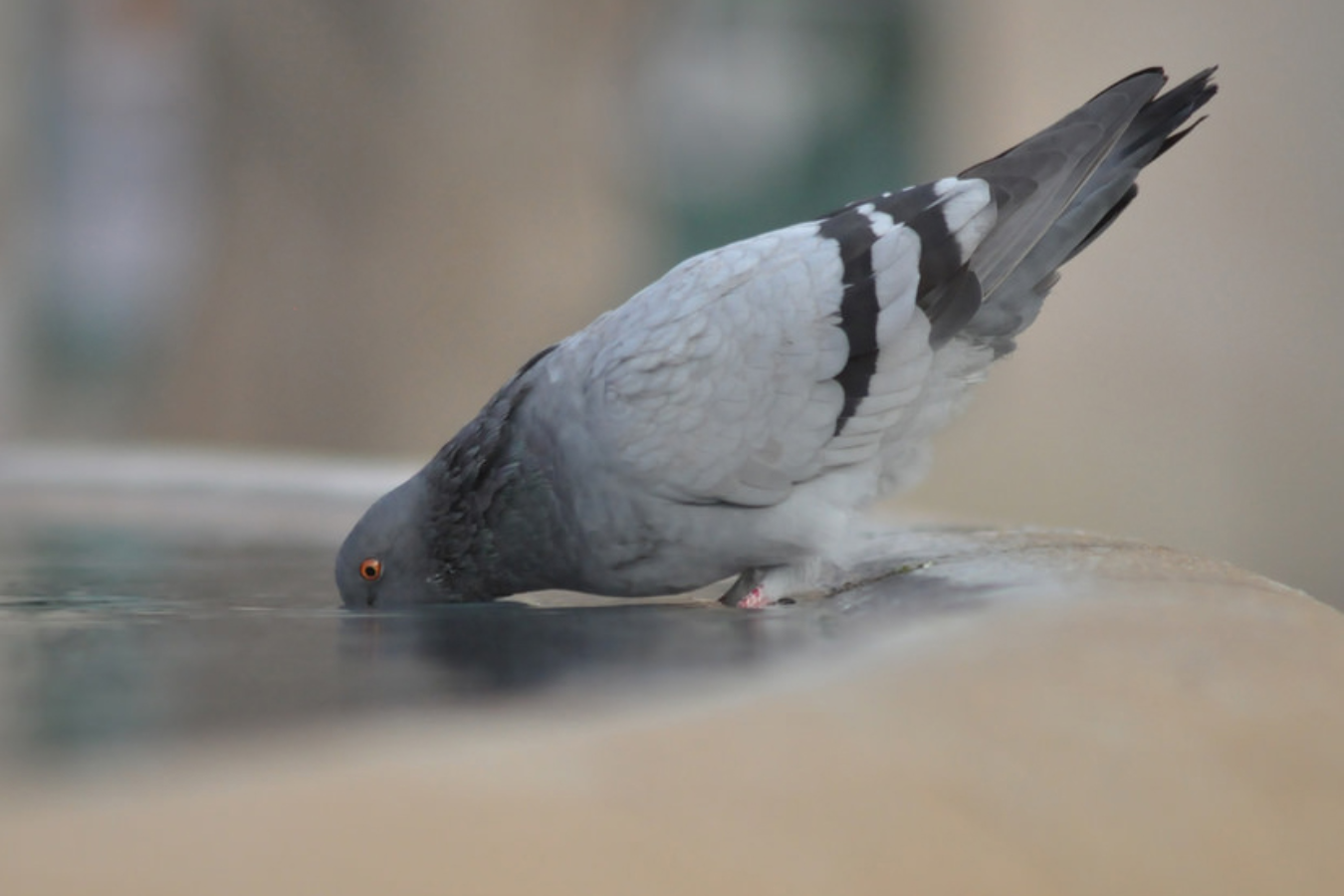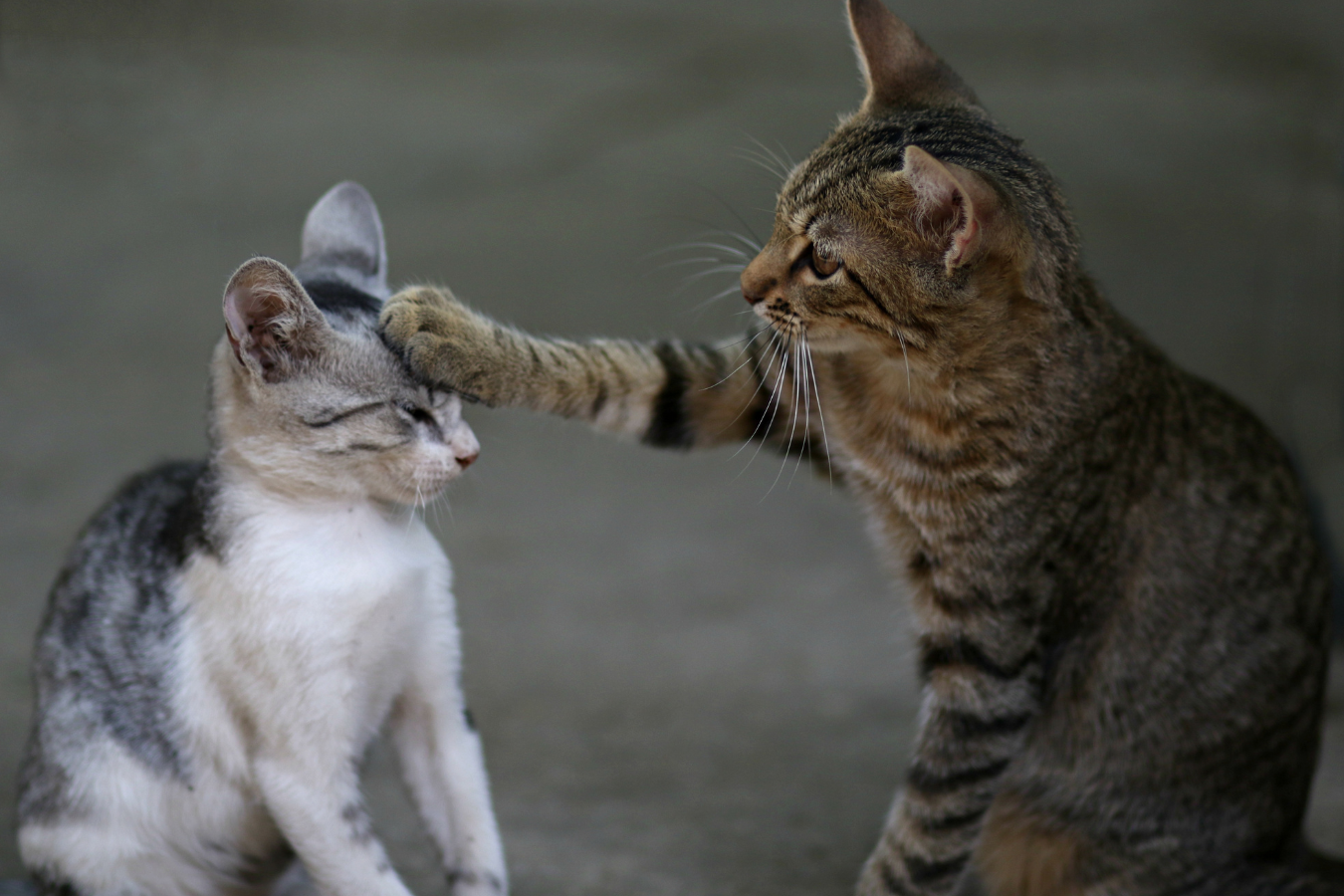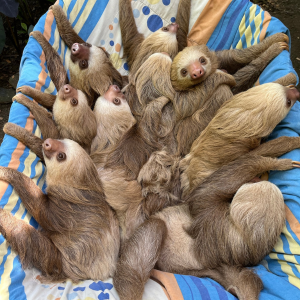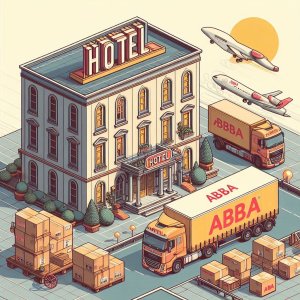We share our cities with animals such as pigeons, cats, bees and, in some cases, wild boars. They have not invaded us, it is humans, through our behavior, who have made it possible for them to live among us. That is why the management of these species must be ethical. This is not a matter of the future, some cities are already doing it!
In particular, Barcelona stands out for its numerous urban wildlife projects that take animal welfare into account.
Let's get started!
Pigeons
Pigeons have become a common inhabitant of cities. If their numbers are adequate, they beautify and enliven the environment with their flights and walks. The problem comes when they become a pest because they can transmit diseases, degrade the architectural heritage, and damage the vegetation in gardens.
Barcelona City Council has enlisted the help of the Wildlife Ecopathology Service to control pigeon populations using a novel system:
Throughout the city, automatic devices are set up to feed corn to pigeons. This may sound like a very bad idea, but this corn contains nicarbazin, a substance that does not kill pigeons and causes infertility. It is estimated that with this system the population will be reduced by 80% in five years.

Wild boar
In recent years, wild boar populations have increased greatly, and these animals are starting to move into cities, where they find easy food. But this is not a species adapted to the urban environment and its presence can be dangerous. For this reason, Barcelona City Council has launched an action plan that focuses its efforts on the root of the problem: the wild boar's access to food. Some of its main actions are:
- Awareness-raising campaigns to raise public awareness of the problem of wild boar in the city.
- Working with cat colony feeders to place concrete structures to make it difficult for wild boars to access cat food.
- Blocking litter bins and containers where wild boars often go to look for food.

Cats
In our homes, cats are an ideal companion animal, but if they run loose in the streets without any control, they reproduce very easily and can be a problem. Barcelona City Council has opted for a model of colony control that makes it possible to enjoy these animals while controlling their overpopulation.
The technique it uses is capture, sterilization and return:
Once they capture the animals, they check their state of health to rule out infectious diseases, they are sterilized, their ears are ear-tagged for identification and they are returned to the same place so as not to interfere with their established groups.
It is very important that the animals get into the habit of eating the dry feed provided at established feeding points to keep them under control. Therefore, the public is made aware not to feed them outside the assigned areas.

Parrots
Parrots have been very popular pets because of their beautiful coloring and high intelligence, but those that have escaped over the years have formed large populations in cities. In Barcelona, they have become particularly well established due to its favourable microclimate.
It is an invasive species that causes serious damage to agriculture, infrastructures, vegetation in green areas, and public health and, with its strident song, affects the tranquillity of the city. It also threatens the balance of ecosystems by displacing native species.
In 2021, the Barcelona Museum of Natural Sciences established a series of recommendations for its management:
Controlling the population is not enough, it is necessary to eliminate them in their entirety and it has been seen that contraceptive methods do not work, so there is no choice but to kill them. To do this, the most effective and cheapest method is the carbine (shooting adult specimens) although, if aspects of social acceptance are taken into account, it is more advisable to capture them in the nest with nets.

Bees
Bees tend to go more unnoticed, but they are also present in cities, pollinating trees and flowers in green areas. In contrast to the above animals, they are an increasingly endangered species and their populations are dwindling.
For this reason, Barcelona City Council, together with other organisations, has set out to reverse this situation and look after the city's swarms of bees. Given that one of the main factors limiting the development of bees is that they cannot find an appropriate place to lay their eggs, insect hotels have been installed in various public parks.
In turn, the Sustainable Schools programme has carried out an educational project in which students have built hotels. Together with the Directorate of Green Spaces and Biodiversity, they have looked for places near schools to install them.














